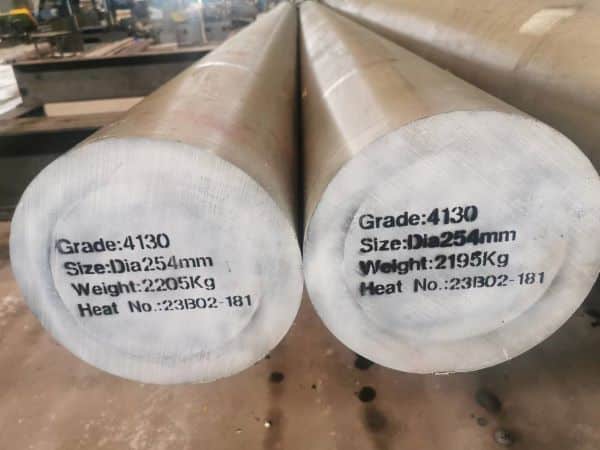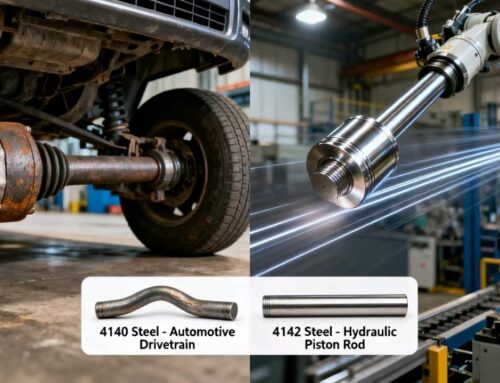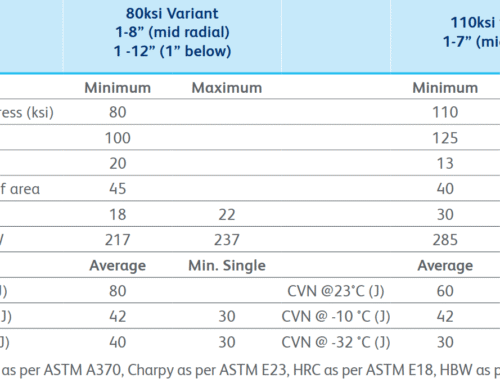Let’s talk about the performance of 4130 steel in the oil and gas industry. In the oil and gas industry, from mining to transportation, every link has strict requirements on material performance. 4130 steel has become a “star material” in the industry with its own advantages. What are its advantages? Click in to see!
1. Basic characteristics of 4130 steel
- Chemical composition: carbon (0.28-0.33%), chromium (0.8-1.1%), molybdenum (0.15-0.25%), low alloy steel.
- Mechanical properties: high strength (tensile strength after quenching and tempering can reach 700-900 MPa), good toughness (after quenching and tempering) and machinability.
2. Industry application advantages of 4130 steel
- Adaptability to high pressure environment: high strength and toughness make it suitable for high pressure parts such as wellhead equipment, valves, drill pipes, etc.
- Processing performance: easy forging, machining and welding (preheating and post-weld heat treatment are required).
- Economical: The cost is lower than that of high alloy steel, suitable for large-scale application.
3. Key performance of 4130 steel
- Corrosion resistance:
– H₂S environment: hardness must be strictly controlled (usually ≤HRC22) and meet NACE MR0175 standards, otherwise sulfide stress cracking (SSC) is prone to occur.
– CO₂/salt water corrosion: requires plating, corrosion inhibitor or coating protection. - High temperature performance: suitable for medium temperature environment (≤200-300°C), high alloy materials such as Cr-Mo-V are required for higher temperatures.
- Fatigue and impact: Tempering treatment improves fatigue strength and is suitable for dynamically loaded parts (such as drill pipe).
4. Typical application scenarios of 4130 steel
- Downhole tools: short joints, connectors (requires surface hardening treatment).
- Pipes and valves: high-pressure pipelines, valve bodies (requires welding process control).
- Wellhead equipment: flanges, casing heads (rely on high strength and pressure resistance).
5. Limitations and precautions
- Welding sensitivity: preheating (150-260°C) and post-weld tempering (620-650°C) are required to avoid cracks.
- Corrosive environment restrictions: alternative materials (such as duplex stainless steel) are required in severe H₂S environments.
- Hardness control: adjust the hardness through tempering to ensure environmental adaptability.
6. Summary
4130 steel is widely used in medium-high pressure and medium-temperature components in the oil and gas industry due to its high strength, convenient processing and cost advantages, but its application in corrosive environments requires strict compliance with heat treatment and protection standards. Under extreme conditions of H₂S or high temperature, alternative solutions need to be evaluated to ensure safety and durability.
Interactive topic: How does 4130 steel perform in your industry? Let’s talk about it together.






